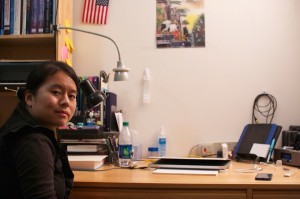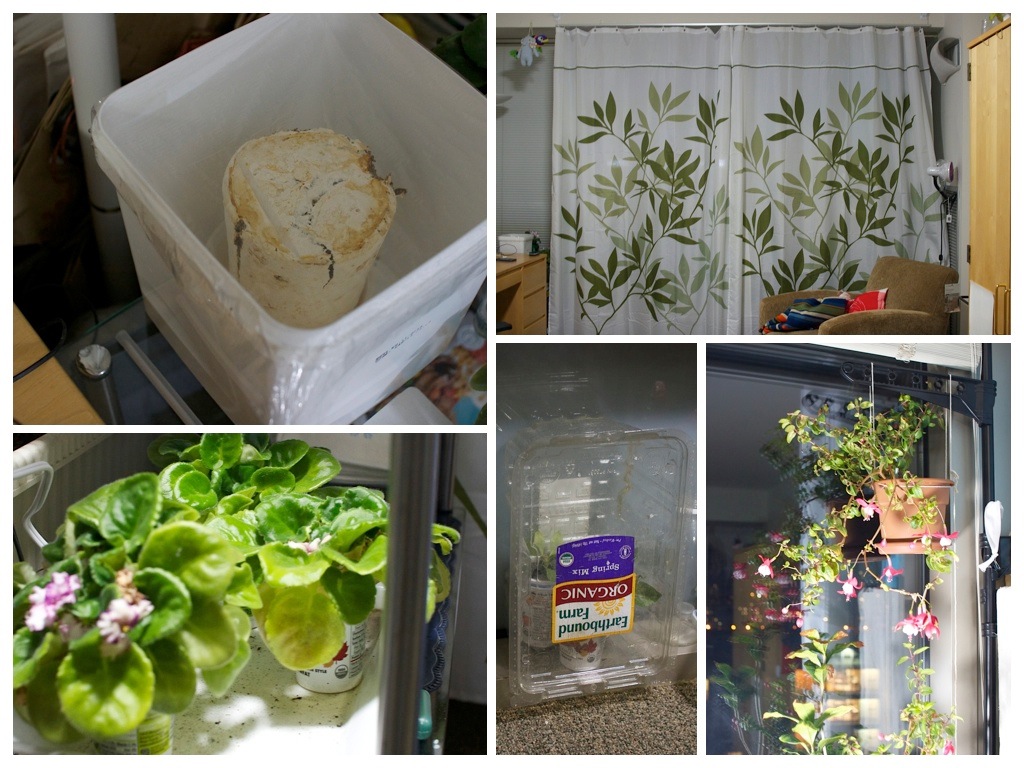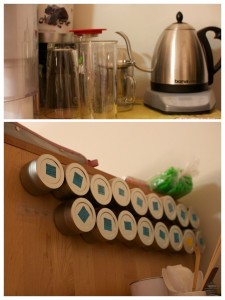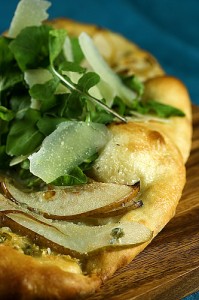We are thrilled to begin 2014 by joining SP! From our first introduction, it was clear that SP is a very special place—in our opinion, the best living community at MIT. We feel honored to be able to help continue so many wonderful traditions and look forward to helping build new ones in the years to come.
We have both spent a lot of time at MIT. In Julie’s case, before becoming a professor she spent a decade collecting three MIT degrees. Neel went to Brown and Harvard, but considers MIT his home too after countless visits to hang out with Julie (we started dating in college). While we were graduate students we lived in Baker House as graduate resident tutors helping to support student life. After graduating we spent several years living across the river in the South End exploring the best of what Boston has to offer. We look forward to trading tips on the best galleries, markets, and restaurants in the city! We also look forward to introducing you to the other two members of our family, Sidney the puppy and Bolivar the small parrot.
Julie spends her days in Building 33 in AeroAstro and directs the Interactive Robotics Group in the Computer Science and Artificial Intelligence Laboratory. Her research group focuses on integrating robotics and autonomous systems into human team-oriented environments, including manufacturing, search and rescue, and military field operations. Her group specializes in developing robot planning, decision-making, and control algorithms that are modified to support more natural interaction with people. In her free time, Julie enjoys gardening and scuba diving.
Neel is an Assistant Professor at Harvard Medical School, a practicing obstetrician at Beth Israel Deaconess Medical Center, and a principle investigator in the Ariadne Labs for Health Systems Innovation. His research focuses on understanding the link between systems complexity and harmful medical decisions. He is also the Executive Director of a nonprofit called Costs of Care. In his free time, Neel enjoys playing guitar and cooking.
We decided to become housemasters because it is a pleasure and a privilege to get to know you. Please stop by any time (Room 268) and feel free to reach out with any questions or concerns, whether they are about life at SP or navigating the waters of graduate student life at MIT in general.
















